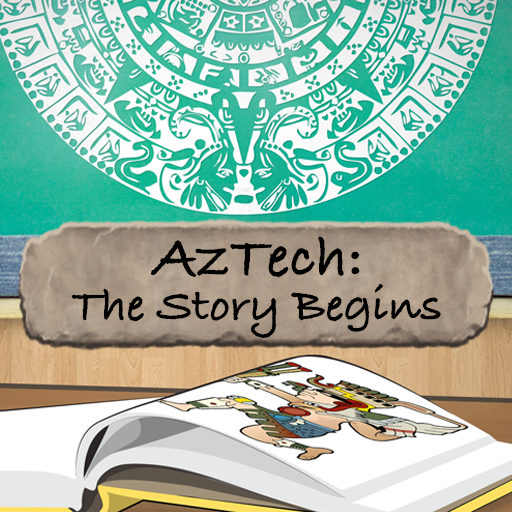Disclaimer: I don’t work for NIEA and they gave me diddly squat for writing this post.
I get it. It’s hard to find the time to get away. Personally, I’m back from the National Indian Education Association (NIEA) conference and finally coming up from air after all of the other meetings I’d put off, emails I hadn’t answered because I was on planes or in sessions. Still, if you are interested in education of Native American students, or if you are around Albuquerque and have an interest in education at all, you should put NIEA on your 2020 calendar.
Let me give you a few examples from the conference that just ended in Minneapolis
Creating culturally-informed and trauma-informed schools on the Pine Ridge Indian Reservation
Helping students deal with trauma isn’t one counselor’s job. Students who have suffered trauma in their lives don’t just express it one hour a day. This panel had presenters from administrators to social workers to paraprofessional discuss their role in helping students deal with trauma. The point that really struck me was:
In our schools, sometimes the teachers and staff are dealing with trauma, too, and we overlook that.
Now that you’ve read that, you can probably think of teachers or administrators who were dealing with everything from a terminally ill spouse to an alcoholic parent and they were just expected to carry on as if nothing was happening. When you think about it, it makes a lot of sense to consider the school staff because the better they have dealt with their own trauma, the more effective they will be with the students.
That is my idea of an hour well-spent, if it makes you think.
Thank you to the presenters from Little Wound School: Edwina Brown Bull, Charles CUNY, Jr., Sadie In the Woods, Hawkeye Montileaux, Mikalya Mitzel and Saige Pourier
Developing a positive math identity through relevant cultural experiences
The presenter, Mary Stimmer, was an excellent example of practicing what you preach. I’ve sat through too many boring 50-minute lectures where someone talked about the importance of hands-on learning.
She talked about the Golden Ratio which is a ratio of 1.6 to 1 . Take two numbers, a and b where a > b. In the Golden Ratio, the ratio of a to (a +b) is the same as the ratio of a to b.
She gave a bunch of examples of this in design and nature and then had us all create our own designs or examples.
This activity would have been very interesting to a certain kind of kid and I’m pretty sure I was that kid.
I’ll be honest, this wasn’t the greatest activity for me as an adult who uses math in applied statistics and budgets in my daily life. However, it made me think (there’s that word again) back to when I was a kid in middle school. I’m pretty sure that this is exactly the type of activity I would have liked when I was just learning to think about mathematics in an abstract way. For some students, it would have maybe helped them understand math through using art. I wouldn’t have been one of those because I really suck at art and didn’t like it as a student. I’d that kid that was sitting there writing out a set of rules like “a must be greater than b”.
That’s two characteristics of a great activity for teaching math:
- Is at the students’ interest level (not necessarily the adult’s)
- Can be adapted for students at diverse levels of interest and achievement
Those were two sessions I really liked. Stay tuned for more and bookmark your calendar for next year.
Speaking of math … check out AzTech: The Story Begins .


Thank you for the NIEA convention shout out and positive feedback! NIEA hopes every year is impactful enough that educators, community members, parents, and advocates leave with a little more knowledge and networked connections. Keep in tough and let us know how we can continue to meet community needs.
You’re welcome. I have a lot more to say in future posts, actually. I always like going to NIEA but this year was even better than usual.